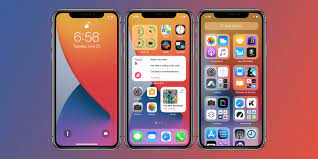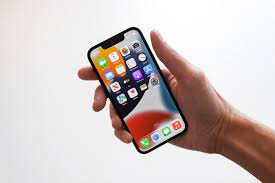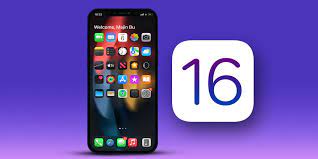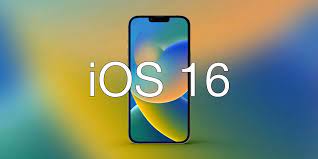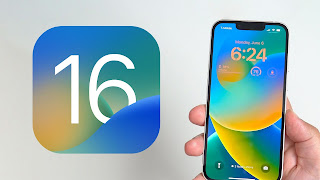Apple’s iOS 16.1 is the next update to its latest operating system, and a public beta of the same has already started rolling out. Developer beta is already available. If your iPhone is running the beta version of iOS 16, the update should be visible in the Software Updates section. Apple tends to roll out new features with every additional update to iOS, and the same goes for iOS 16.1. Let’s take a look at 5 exciting features below!
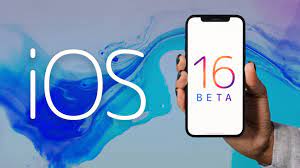
Battery percentage adjustment
Perhaps one of the most noticeable changes on iOS 16 is the new battery icon, which finally shows the percentage. It was already great, but iOS 16.1 now enhances it a little by making the text larger and therefore more readable. Some iPhone models like the iPhone XR, 12 mini, and 13 mini were left out of the battery percentage party, presumably because of their smaller displays. The iOS 16.1 update now supports these models as well, meaning all iPhones running the latest version of the operating system can now benefit from the feature.
Clean energy charging
By default, Clean Energy Charging selectively charges when low-carbon electricity is available to reduce your carbon footprint. Leaving it on won’t affect how you use your phone, though, as Apple says your iPhone “learns from your daily charging routine to fully charge it before you need to use it.” This can be accessed from Settings > Battery > Battery Health & Charge > Clean Energy Charge to access this feature.
Live event
Live Activity displays real-time information from apps in dynamic notifications, and iOS 16.1 is finally here. This feature was earlier available to developers, but not in the public version of iOS 16. Examples include Uber’s use of real-time activity notifications to show the estimated time of arrival of its taxis, and sports apps that display game scores in real-time — right on the lock screen itself.
Fitness+ without Apple Watch
Apple’s home workout program, Fitness+, required an Apple Watch to work prior to iOS 16.1, but that has now been removed. You can now track your workouts from your iPhone too, though you’ll obviously miss health and fitness metrics that require a Watch. Fitness+ service is not yet available in India.
AirPods Pro 2 volume slide switch
If for some reason you find the volume swipe gesture on the AirPods Pro 2 annoying — maybe you’ve been messing up the volume by accident — then you’ll welcome the addition of this feature. iOS 16.1 adds a new switch to the AirPods Pro 2’s settings that you can use to disable this specific gesture. Turn it off and swiping will no longer do anything.
>>>>>>>>>>>Apple battery


